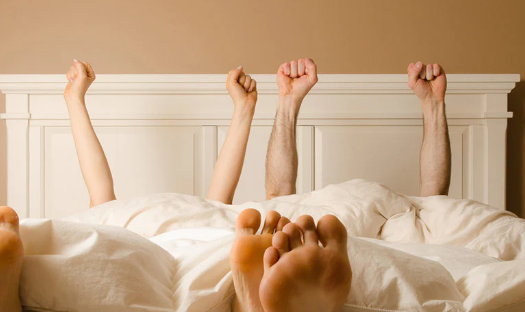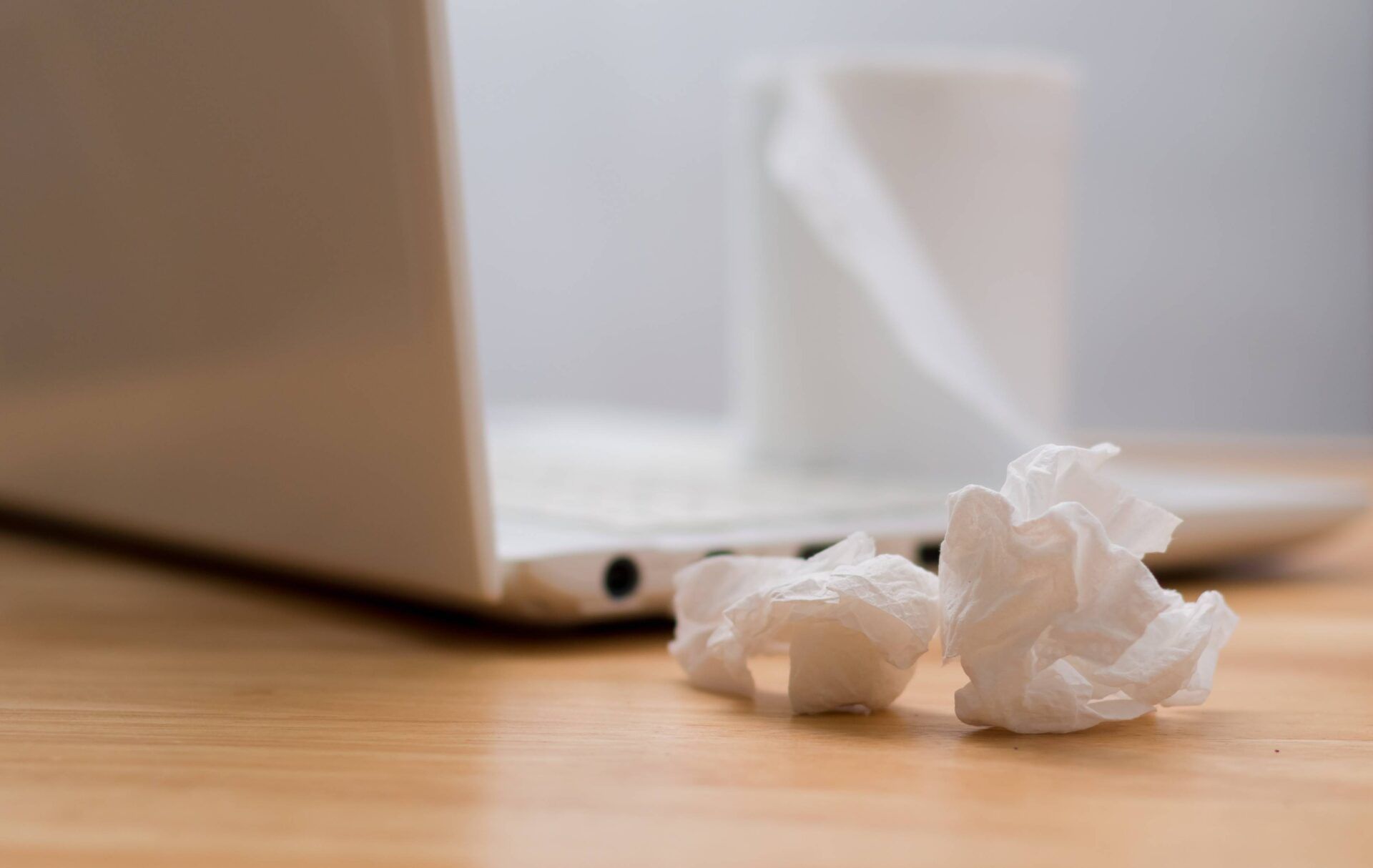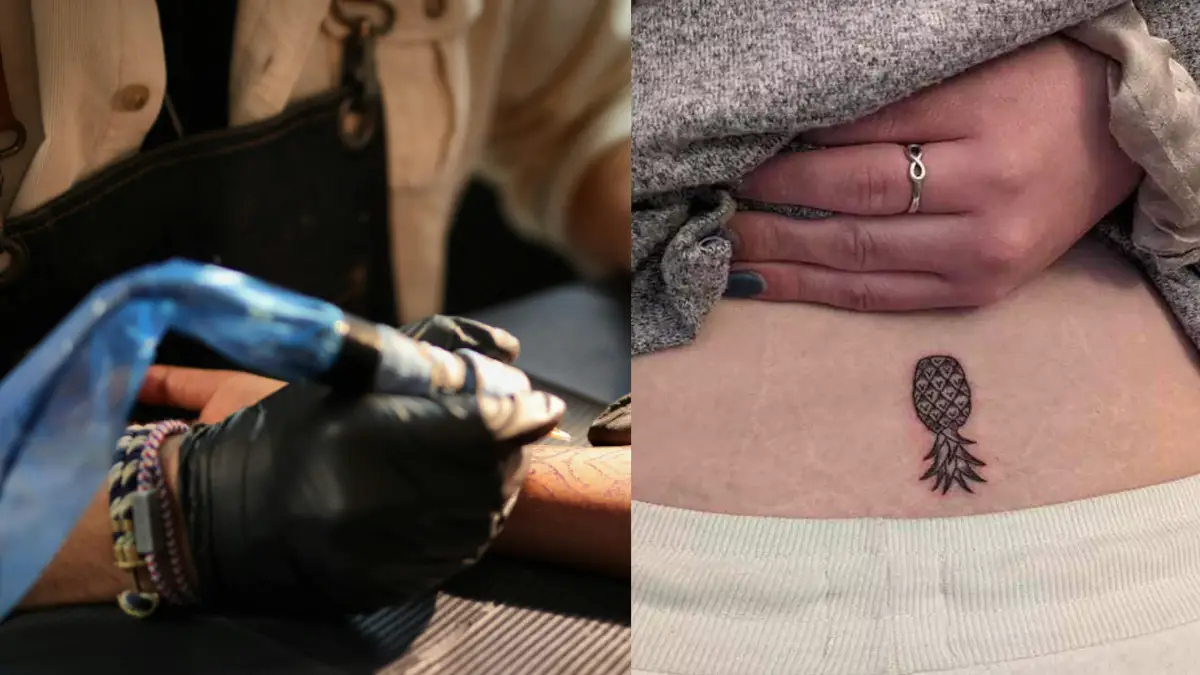 Premature ejaculation (PE) is a form of sexual dysfunction that can adversely affect the quality of a person’s sex life. It is when an orgasm or “climax” occurs sooner than desired.
Premature ejaculation (PE) is a form of sexual dysfunction that can adversely affect the quality of a person’s sex life. It is when an orgasm or “climax” occurs sooner than desired.
A note about sex and gender
Sex and gender exist on spectrums. This article will use the terms “male,” “female,” or both to refer to sex assigned at birth. Click here to learn more.
PE is a common condition that may affect approximately 20–30%Trusted Source of men. It causes individuals to ejaculate sooner than they would like.
It can occur due to psychological or physical medical reasons, including diabetes and high blood pressure or alcohol or recreational drug use.
This article considers how individuals may be able to treat PE. We examine prescription medication, topical drug treatments, home remedies, and exercise. We also provide information about the causes, symptoms, and diagnosis of PE.
Please note that the writer of this article has not tried these products. All information presented is purely research-based and correct at the time of publication.
Medical News Today follows a strict product selection and vetting process. Learn more here.
In many casesTrusted Source, there is a psychological cause for PE.
There are no approved medications in the United States to treat PE. However, some antidepressantsTrusted Source may help people delay ejaculation.
Sertraline may also help increase the amount of time it takes to ejaculate. Healthcare professionals may recommend taking 25–50 milligrams (mg) per dayTrusted Source for up to 3 weeks and then taking the pill on-demand up to 6 hours before sexual activity after the 3 weeks.
Additionally, phosphodiesterase type 5 (PDE5) inhibitors that usually treat erectile dysfunction may be useful in the treatment of PE.
Examples of PDE5 inhibitors include:
- sildenafil
- tadalafil
- vardenafil
- avanafil
However, researchTrusted Source states that PDE5 inhibitors may only effectively manage PE in individuals who also have erectile dysfunction.
Doctors may also recommend counseling from a therapist specializing in sexual relationships, or couples therapy. A 2019 review states that counseling alongside drug treatments may provide a better outcome than either of these methods on their own.
Where to buy
Some online pharmacies offer prescription medication for PE, including:

For $25, Lemonaid offers online video consultations with a doctor or nurse practitioner. If necessary, health professionals can then prescribe pills for PE.
Lemonaid health practitioners can prescribe antidepressants or PDE5 inhibitors for PE.
How much medication a person should take depends on the prescription. People should discuss this with the doctor during the consultation.
A person signs up by answering a health questionnaire. They can then start a consultation at any time within the company opening hours.
If a doctor or nurse prescribes a medication, this will ship in discreet packaging free of charge, which will arrive within 1–5 days. The costs start from $1 per pill.
Topical drugs are a first-line treatment for PE.
They may come in the form of creams or sprays that work by numbing the penis. A person should apply this approximately 20–30 minutes before sex, then wash it off 5–10 minutes before sex. This should help to reduce sensation and slow down ejaculation.
Topical creams can help delay ejaculation and improve sexual satisfaction. However, further research is necessary to determine the cost-effectiveness, efficacy, and potential side effects of this treatment.
A 2021 review states that topical drugs have few side effects. People also tend to use topical drugs more consistently than oral medications.
Where to buy
Topical drugs for PE are available to purchase at various online companies. Below are two examples.

Roman Swipes contain 4% benzocaine. To use this product, a person removes the Swipe from its packaging, applies it to the most sensitive area of the penis, then leaves it to dry for 5 minutes.
The company states the effects should last for 20–30 minutes. Roman says this product reduces stimulation without completely taking away the sensation.
A person does not need a prescription to obtain this product.
Roman Swipes cost $27 for eight wipes. People can opt to enter a subscription and receive the product monthly or quarterly.
Shipping is free of charge and arrives approximately 2 days after the order.

Hims Delay Spray does not require a subscription.
To use this product, a person sprays the most sensitive area of the penis 10–15 minutes prior to sexual activity. The company recommends using 3–10 full sprays, depending on a person’s sensitivity.
Hims says that this product works by reducing sensitivity without making the penis entirely numb.
The spray costs $29 for a 60-day supply. The company also charges a $5 fee for processing.
Shipping is free, uses discreet packaging, and typically takes around 2–5 business days.
According to the Urology Care Foundation, two approaches can be helpful for those with PE:
- The start-and-stop method: This aims to improve a person’s control over ejaculation. The start-and-stop method involves a person or their partner stimulating the penis. They stop all stimulation at the point when the person feels as though they are about to have an orgasm and then resume once the sensation has passed.
- The squeeze method: A person or their partner will stimulate the penis. When the person is close to ejaculating, they firmly squeeze the end of the penis for around 30 seconds. This should help people learn about their sensations leading up to climax, allowing them to manage and delay ejaculation.
A person should try the above methods three or four times before allowing themselves to ejaculate.
There is some evidence that zinc supplements can help people with PE and erectile dysfunction. However, there has not been any scientific research on how zinc affects these conditions.
Physical therapy may be another way to treat PE.
A 2019 systematic review states that pelvic floor muscle training is effective in the treatment of PE. In addition, the researchers conclude this training was also effective in treating erectile dysfunction.
However, the researchers state that training methods varied considerably, with some participants using this method alongside medical interventions and others having more contact with a physical therapist. More high quality and consistent research are necessary.
There are several possible causes of PE.
Psychological factors
Most cases of PE are due to psychological factors, including:
- issues with body image
- overexcitement or too much stimulation
- relationship stress
- anxiety
- feelings of guilt or inadequacy
- depression
- issues related to control and intimacy
- unrealistic expectations about sexual performance
- past sexual repression
- relationship difficulties
These common psychological factors can affect people who have previously had typical ejaculation. These cases are often called secondary, or acquired PE.
A 2019 study looked at 270 Chinese outpatients with PE and concluded that self-reported rates of anxiety, depression, and poor sleep quality were high.
Medical causes
In some cases, there may be a biological cause.
The following are possible medical causesTrusted Source of PE:
- diabetes
- high blood pressure
- thyroid issuesTrusted Source
- Inappropriate drug use
- excessive alcohol consumption
Multiple sclerosis may also cause ejaculation issues, including PE.
People with PE ejaculate sooner than they anticipated during sexual arousal.
It is common for individuals to experience this occasionally. However, if this occurs regularly, a person may wish to consider contacting a doctor.
PE can affectTrusted Source a person’s quality of life, resulting in:
- personal stress
- difficulty maintaining a relationship
- low self-esteem
- low self-confidence
- higher anxiety rates
PE can also affect a person’s partner. An older 2018 studyTrusted Source found that females experienced sexual distress and anxiety when their male partner had PE.
PE affects approximately 1 in 3 males in the United States between 18–59 years of age.
A diagnosis for PE will usually occur after a detailed discussion with a doctor about sexual history and performance. Doctors will also try to determine if a person has erectile dysfunction, as 2019 research shows the two conditions frequently coexist.
Doctors will ask certain questions to determine whether a person has PE. These questions might include:
- How often does PE happen?
- How long has a person had this problem?
- Does it happen in every sexual encounter, or only at certain times?
- What type of stimulation does a person participate in, and for how long?
- How has PE affected sexual activity?
- How are personal relationships?
- Is there anything that improves or worsens PE?
Here we answer some common questions about PE.
Why do I prematurely ejaculate?
PE typically has a psychological or medical cause.
People may find that they prematurely ejaculate due to factors such as stress, anxiety, or body image difficulties.
PE may also result from medical conditions, such as type 2 diabetes, or lifestyle factors, such as excessive drinking and drug misuse.
Can premature ejaculation be cured?
PE is a treatable condition.
Medications, over-the-counter products, and lifestyle changes can help people have more management over when they ejaculate.
Does premature ejaculation cause infertility?
PE is not a sign of infertility and does not necessarily affect a person’s chances of having biological children.
However, if a person ejaculates before entering a partner’s vagina, it is less likely their partner will become pregnant.
PE is a common condition affecting approximately 1 in 3 individuals between 18–59 years of age in the U.S. It occurs when individuals ejaculate sooner than expected during sexual stimulation.
The cause of PE is usually due to psychological issues. However, in some cases, this can result from an underlying medical condition, such as diabetes or high blood pressure.
There are various treatments a person can try, including prescription medications, topical creams and sprays, home remedies, and exercises.



















